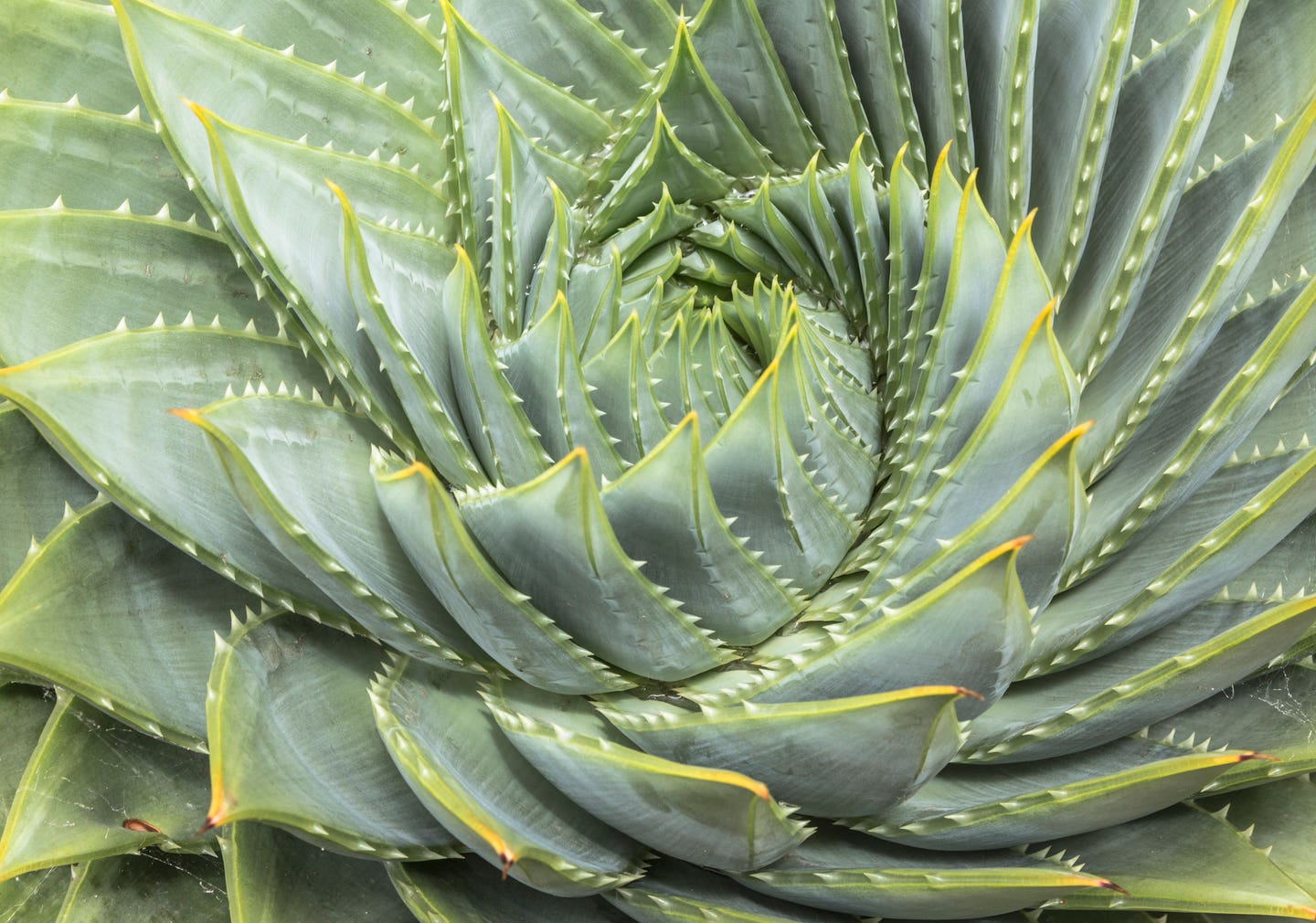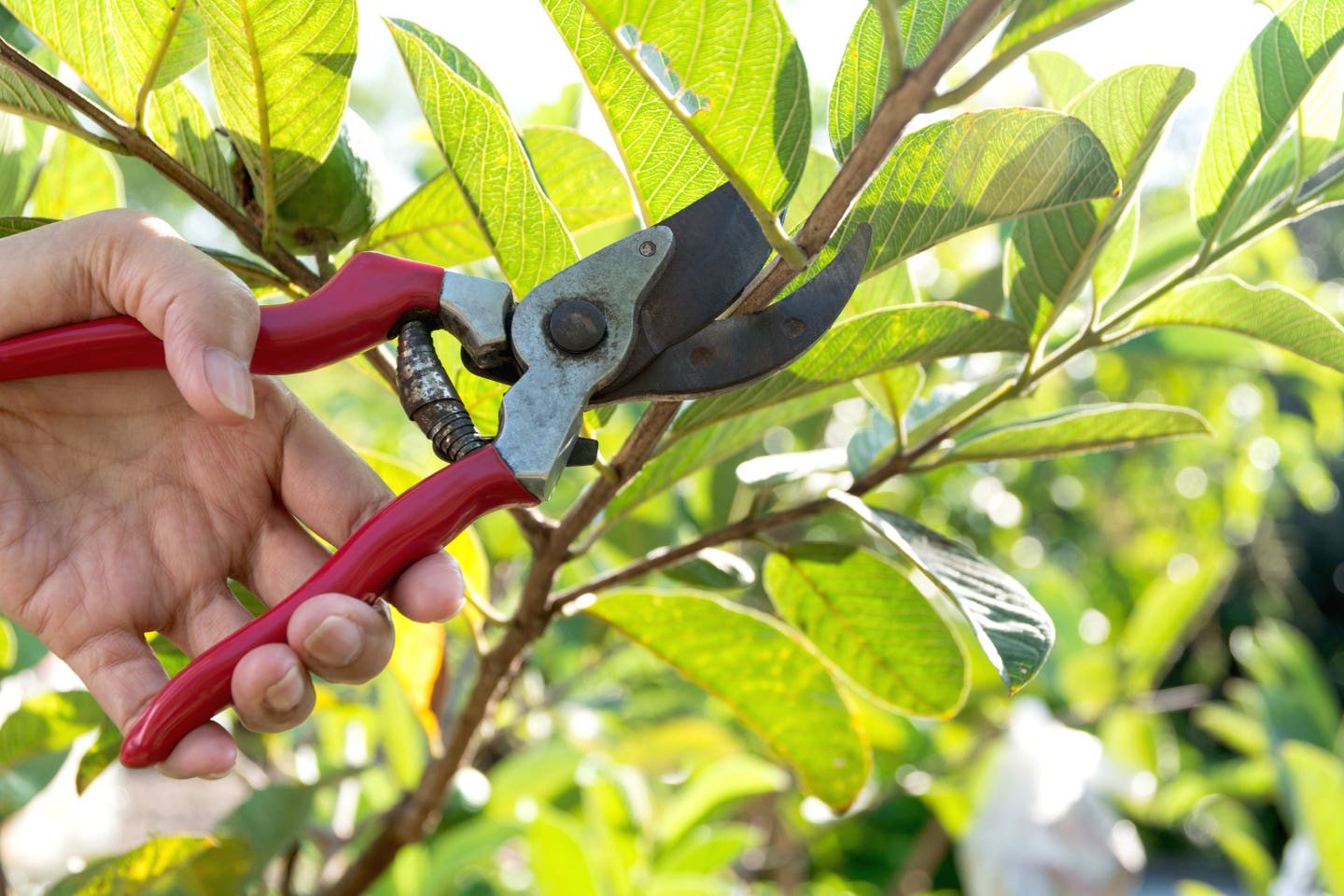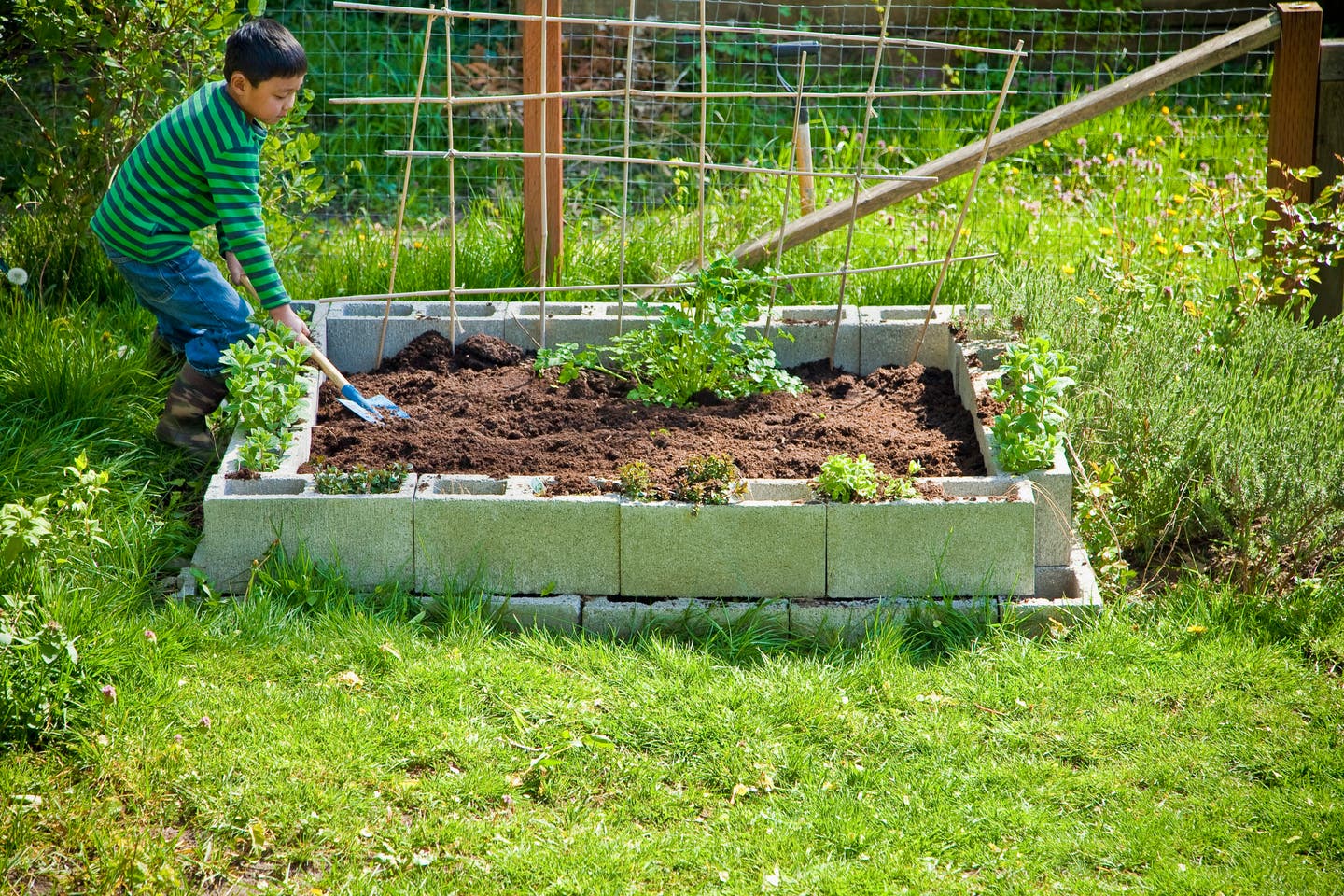Irises: An expert reveals the secrets of growing the jewel-like reticulatas
by BRIAN MATHEW THERE CAN BE few groups of hardy plants to rival the irises for diversity of form and color, yet at the same time maintaining their very characteristic…
by BRIAN MATHEW
THERE CAN BE few groups of hardy plants to rival the irises for diversity of form and color, yet at the same time maintaining their very characteristic appearance. They range from the tall, showy hearded irises to the almost bizarre Oncocyclus group, and from gorgeous waterside plants to small alpine species. Many have rhizomes and are tussock- or clump-forming, while others have bulbs, and it is to the latter we must turn if we wish to enhance the spring garden. Most of the rhizomatous irises wait until the warmth of late spring or summer to put forth their display, but the smaller bulbous species and their hybrids will stir as soon as winter begins drawing to a close. For this reason, these irises of the Reticulata group, known botanically as subgenus Hermodactyloides, are especially valuable.
HOW TO RECOGNIZE A RETICULATA
What are the identifying features of this group? first, their bulbs are distinctive, and the very name reticulata gives us a strong clue: the bulb coat is made up of fibers joined together in a reticulated pattern, which suggests a fishnet. Second, the leaves are quite unlike those of most other irises, for they are quadrangular (except in I. bakcriana, where they are eight-sided), short, and spiky as they first pierce through the soil but elongate considerably after flowering time.
In common with other irises, the reticulatas have the typical flower shape with three larger outer tepals (known as “falls") spreading outward and downward at the tips, each with a spotted or blotched area in the middle. There is often also a smart yellow to orange stripe or ridge along the central vein, which is a signal beacon for pollinating insects, and the flowers emit a delicate perfume for the same purpose. The three i n ner tepals are narrower and erect, hence they are referred to as “standards”. In the most familiar form of I. reticulata the basic color is a deep rich violet throughout, except for the yellow ridge on the falls. In the wild there is enormous variation in color and shade, and many of these forms have been introduced to cultivation by plant hunters over the years since the 19th century. Added to this, breeders have practiced their skills on this group to a marked degree, and we now have a wonderful range of named selections available through bulb suppliers.
TEMPTING CHOICES
Choice is always rather a personal matter, but some cultivars really do stand out as being particularly good. I would never, for example, be without the lovely, icy blue ‘Natascha, the palest of them all, whose color is broken only by a slightly stronger blue stain in the center of the falls and an orange ridge. ‘Cantab’ is darker but still quite pale, a lovely shade of clear, soft blue. At the other extreme there are deep, rich purples such as ‘J. S. Dijt’, a variety at least 60 years old that has stood the test of time and is still readily available. A lot of the forms now offered in catalogs are hybrids between I. reticulata and I. bakeriana. The features of the latter that have made it such a useful partner for I. reticulata are a very intense dark blue tip to the falls and a distinct white area in the center, without a yellow signal stripe. This contrasting coloration is very apparent in most of the hybrids. Although it is seldom possible to obtain I. bakeriana, the hybrid ‘Clairette’ is commonly available, has much the same color and markings, and is more vigorous. ‘Pauline’ has similar markings and also lacks the yellow-orange ridge on the falls, but the color is much more purple than blue. ‘Gordon, one of the newer crosses, is particularly colorful, a rich blue with a deeper blotch on the falls acquired from its I. bakeriana parent and an orange central ridge from I. reticulata.
TWO SUPERB SPECIES
Arguably the finest of all the reticulatas is I. histrioides, a high-mountain plant from alpine meadows in Turkey. Its mid- to deep blue-violet flowers, produced before the leaves emerge, have very conspicuous blotching on the falls and are more substantial than those of I. reticulata. There are several named selections of this species, such as ‘Major’ and ‘Lady Beatrix Stanley’, varying slightly in the depth of color and markings. This too will hybridize with I. reticulata, and two very similar, robust cultivars have been raised, ‘Joyce’ and ‘Harmony’, both in rich blue with a prominent yellow ridge on the falls. Another cross involving
Facts & Figures
Reticulata Irises
TYPE OF PLANT: bulbous perennial FAMILY: Iridaceae Oris family) HEIGHT: 4-6 in. in flower LEAVES: narrow, 4-angled or cylindrical FLOWERS: typical iris shape, pale to dark blue, violet, or yellow BLOOM PERIOD: Feb.-Apr., depending on local climate and species being grown HARDINESS: USDA Zones 5-8; Sunset Zones 3-24, 30-34 EXPOSURE: full sun SOIL: relatively lean, extremely well-drained PLANTING TIME: early autumn PLANTING DEPTH: at least 2 in. to top of bulb WATER NEEDS: give plenty of water during growing season; keep almost dry early summer-autumn FEEDING: one annual application of low-nitrogen granular fertilizer in autumn PROPAGATION: by lifting and dividing bulbs in late summer PROBLEMS: none serious; ink disease, which can kill the bulbs, is rarely encountered by gardeners; control with a systemic fungicide, such as Dragon 3336 WP
Features of Iris reticulata
PROPAGATION
IF THE BULBS are growing well, there is every likelihood that offsets will be produced naturally and clumps will build up. In the early years this is fine—in fact, they look good that way. But when they become congested, the attractiveness of the individual iris flower shape is lost. At this point they need dividing, which is best carried out in late summer, splitting up the clumps and replanting soon after, in the early autumn. Any other form of propagation is almost superfluous since this is so efficient, unless there is a particular reason for growing them from seed. This may be in order to acquire a wild species from imported seeds or it may be to attempt to raise new cultivars by cross-pollinating between existing ones. Seeds need to be sown before the autumn if they are to germinate the following spring, otherwise they may well wait right through until the following growing season before showing signs of activity (unless more sophisticated artificial conditions or chemical treatments are provided]. Sown in pots of a standard commercial seed mix and plunged up to the rims in sand, they can be left outside to accept whatever the weather happens to offer. After germination, they are best given slight protection in a cold frame, again plunged in sand or gravel to maintain a more uniform temperature.—B.M.
I. histrioides, this time with one of the purple I. reticulata forms, has resulted in ‘George’, which has all the vigor of the former and the deep rich purple coloring of the latter.
A very close relative of I. histrioides is the primrose-yellow Caucasian I. winogradowii. If anything, this species is even hardier, and does better in cooler, more humid conditions, disliking too much drought and hot sun in summer. Crosses between the two are among the most robust of all the reticulatas, increasing well by means of offsets and flowering freely. ‘Katharine Hodgkin’ is the best known of these, with a background color of pale yellow, overlaid with blue spots and a network of blue veins.
A STUDY IN YELLOW
One cannot discuss the reticulatas without mentioning I. danfordiae, a lovely diminutive yellow-flowered plant whose bulbs have the annoying habit of splitting into many nonflowering bulblets after flowering, or disappearing altogether. This was first collected in 1876 by a Mrs. Danford, one of those indefatigable English ladies who traveled in Turkey under what must have been very difficult conditions. Her little iris—or actually a sterile triploid version of it—is still with us, propagated in millions by the Dutch bulb trade. The best chance of maintaining it from year to year seems to be to plant the bulbs fairly deeply (at least three inches) and feed them well in the growing season with a potash-rich fertilizer, such as is used for tomatoes.
And what of the future? One might think that there are so many variations now that it would be difficult to make any innovations. However, hybridizers are still at work. Alan McMurtrie of Toronto has made a large number of crosses, some of which appear to be highly interesting. There are also several other species within this group whose characteristics may have much to add to the hybridizer's gene pool.
CULTIVATION
Iris reticulata and its relatives are mountain plants native to western Asia, and thus used to hard winters. I have seen reticulatas growing in areas of Turkey and Iran where the winter temperatures certainly dip regularly to -25°F, although normally with good snow cover. Winter hardiness is therefore not in question. The success or otherwise of these delightful spring bulbs lies more in the summer conditions, as the bulbs like to be dormant and almost dry from early summer through to the autumn, when root growth commences once more.
The bulbs are offered for sale in early autumn, and this is the time to plant them, in free-draining soil. Although they require plenty of moisture in the growing season, they must not lie in wet, stagnant con-ditions, as the roots and bulbs will surely rot. If your soil is heavy or poorly drained, add materials that will lighten it and allow more air spaces. Coarse sand and grit are good for the purpose, as is pumice, if it is available. Some of these small irises actually grow on the pumice slopes of extinct volcanoes, so it is a natural substance for them. A little humus is also useful to help in this process, although a lot of organic matter should be avoided—not more than about 10 percent humus. Another way in which drainage can be improved is to elevate the soil above that of the surrounding ground, forming a raised bed—even six inches will suffice. This can be a garden feature in itself if enclosed by attractive stonework, but logs or artificial materials of various kinds are equally effective. It is a useful exercise to test the drainage of the soil with a heavy watering. Rather than lying on the surface and slowly soaking away, it should soak away quite rapidly as you watch it.
Planting depth is preferably not less than two inches to the top of the bulb; any shallower, and there is a marked tendency for the bulbs to split after flowering into several small, nonflowering ones.







